5-Month-Old Baby
5-Month-Old Baby
"Peek-a-boo, I see you!" Get ready to play this classic and other hide-and-seek games as your baby starts to catch on to the fun.
Main Topics
Highlights
Your baby is all personality this month, and you’re reaping the rewards, taking in all those giggles and adorable tricks that you probably can’t get enough of.
By now, your baby should be settled in to a sleep and feeding schedule and calming bedtime routine, plus there are plenty of fun firsts you have to look forward to. And the brand new world of solid foods is just around the corner!
Here’s what else you can expect this month.
Your 5-month-old baby's development
Month 5
Baby’s Development

These days, your baby will love putting the “boo!” in “peek-a-boo!” These kinds of hide-and-seek games start to become giggle-producing favorites as your baby begins to grasp the concept of object permanence.
More signs of baby’s burgeoning intelligence: She can discern tiny items and lots of colors now, as well as track moving objects.
Your little one is also gaining manual dexterity and may now be able to pass a toy from one hand to the other or rake a small object and then pick it up. She’s a big babbler too, so encourage baby’s chatter by talking up a storm yourself.
Your baby’s hearing and vision are almost completely developed by now. And that name you so thoughtfully chose and have been lovingly saying for months? She just might recognize it now and turn toward you when you say it.
Your little explorer is eagerly taking in everything she sees — assisted by new motor skills, such as confident head control and strong push-ups — and trying to make sense of the world.
At a Glance

Sleeping basics
Most babies this age sleep 10 to 12 hours at night and, even though it’s usually not necessary at this point, wake up for a feeding or two. They also nap for three to five hours a day, spaced between two or three naps.

Feeding basics
Breastfed babies should get 24 to 36 ounces of breast milk a day spread out over about five or six feeds. Formula-fed babies should have 24 to 36 ounces of formula in about five feeds.

Did you know?
Your baby will love playing games like peek-a-boo and hide-and-seek as she begins to grasp the concept of object permanence.
Your 5-month-old baby's growth

Your baby continues to grow by leaps and bounds, and somewhere between 4 and 6 months your baby will be ready to take on a brand new feeding frontier: solids.
Remember, though, that while these first feedings are an exciting first step to a lifetime of eating, they’re less about nutrients and more about gaining experience.
Breast milk or formula will continue to provide much of your baby’s nutritional requirements until the end of the first year.
So that means that you’ll be starting small now, serving up about 1 tablespoon of pureed baby foods or baby cereal (mixed with a small amount of breast milk or formula) twice a day.
As your baby gets used to solids and expresses an eagerness for more, you can expect the amount baby takes to increase gradually up to 4 tablespoons per meal.
Baby cereal (whole grain oat, whole grain barley or brown rice) is a common first food — and a good source of iron for breastfed babies — but you can also choose to feed your little eater soft vegetables (like sweet potatoes, squash, carrots, peas and green beans) and fruits (including pureed ripe avocado, finely mashed bananas, or baby applesauce, peaches or pears).
It’s a good idea to introduce one new food every three to five days to see if any allergies or other reactions appear. And talk to your doctor about the right time and place to give your baby solids. Most recommend waiting until she turns 6 months old.
Your 5-month-old baby's health

Are teething gels safe?
To help ease teething pain, you can give your little one something to chew on, like a teething ring or toy, or something cold, like a partially-frozen wet washcloth (frozen teething items are too hard for babies’ tender mouths). Just don’t use benzocaine-based teething gels or those labeled homeopathic to numb the pain.

Could baby have allergies?
It’s possible (though rare) for babies to develop allergies to irritants such as pollen, mold, pet dander and dust mites. Allergy symptoms in babies tend to resemble those of cold symptoms, and include runny noses, sneezing, coughing, watery eyes and congestion.

Hand, foot and mouth disease
Contrary to its dire-sounding name, hand, foot and mouth disease (HFMD) is very common in babies and children under the age of 5 and tends to be a fairly mild infection. The telltale sign is a painful, bumpy, red rash or blisters that appear on — you guessed it — the hands, soles of the feet and inside of the mouth.
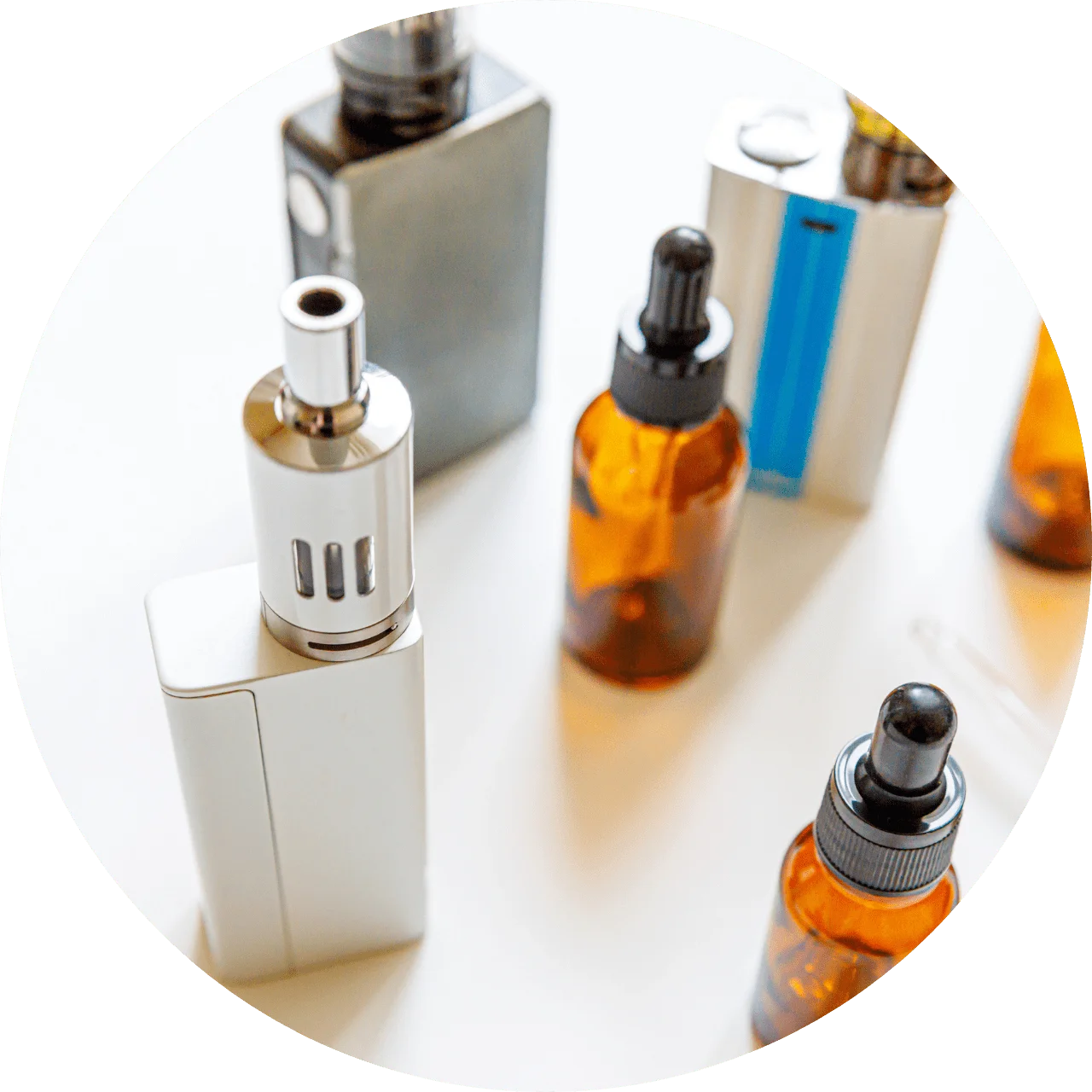
Vaping around babies
Vaping — i.e. inhaling the vapor from e-cigarettes such as JUULs and vape pods — exposes your baby to toxic chemicals like smoking does, so do your best to avoid it at all costs.

Protecting babies in the heat
If the temperature is 90 degrees Fahrenheit or higher, your baby shouldn’t play outside for any prolonged period of time. When the heat index is below 90 degrees, you should still limit sun exposure as much as possible between the hours of 10 a.m. and 4 p.m. and be sure to bring sunscreen and plenty of water if you do need to go out in the sun with her.
Postpartum & new baby tips
A lifetime of good sleep for your baby will depend on your little one learning how to fall asleep unassisted.
And that means it’s important to give baby the tools she needs to fall asleep (and back to sleep) solo.
That includes establishing a bedtime routine (one that doesn’t include nodding off at the breast or bottle), and potentially trying sleep training (also known as sleep teaching), if you decide to.
It also involves learning and responding to sleep cues (eye rubbing or crankiness, for instance), putting baby down to sleep while she’s still awake, leaving baby’s room and being prepared for some tears.
It varies from baby to baby, but most little ones will be able to sit up with help between 3 and 5 months old, either by propping themselves up on their hands, or with a little support from you or a seat.
By the time she’s 6 months old, your baby will probably have developed the neck, upper body and back muscles to be able to sit without support.
As soon as your baby has mastered lifting and holding that cute head up, you can help your little one learn to sit up. Prop your baby up in a seated position in an infant seat, a stroller or your lap.
Sitting up with support in the stroller while you take a neighborhood walk is an especially good way to encourage this milestone.
As you walk, point out all the new things she can see from an upright, sitting position, like dogs, cars and other babies in strollers.
Make sure your baby has appointments scheduled for all upcoming vaccinations.
Vaccines protect kids from more diseases than ever before — 14 by the age of 2. And by keeping your child’s immunizations up-to-date, you’ll be helping to keep this amazing health care track record going strong.
Talk to your pediatrician about what shots are needed and when.
No need to visit the toy store! When your baby can sit up, she’ll love a drawer to explore (or a cabinet or shelf — just make sure the contents are baby-safe).
Keep your plasticware and some lightweight pots and pans in a low cupboard in the kitchen and you’ll have a low-tech way of keeping baby amused while you’re cooking or washing up (“Look at that really nice square container and lid you’ve got there!”)
Those plastic containers, along with a plastic cup and a set of measuring spoons, can travel to the tub for some bathtime water play, where they can become props for scientific experiments (“Let’s see how much water you can pour into this container!”) or some pretend cooking.
And pots and lids do double-duty by letting your baby make music — there’s nothing like the sound of bangs and clashes to bring out your child’s inner composer. You can sing along too!
The best way to decide how much to pay a babysitter is to ask other parents in your area (try the members of your local What to Expect group, along with mom and dad friends) what they think is reasonable. You can also ask prospective sitters what their rates are.
Rounding off the current minimum wage in your state is probably a good starting point. But whatever the going rate happens to be, don’t stray too far below it. You want to find the best sitter you can, and offering competitive wages is part of the deal.
You can also check out babysitting sites (like Sittercity.com) for going rates from local sitters. Most of those sites allow postings only from sitters 18 and older, but you’ll still get a general idea of how much other families in your area pay.
And you may find a terrific 18- or 19-year-old, since many college students love the hours and flexibility of babysitting.
- Mix it up. Keep boredom at bay by trying new combos or flavors. For example, snack on a whole wheat pretzel dipped in spicy mustard or a handful of blackberries mixed into lemon yogurt.
- Make smart substitutions. Craving chocolate? Opt for a hot cocoa (an 8-ounce mug has 140 calories and 3 grams of fat) over a chocolate bar (230 calories and 13 grams of fat). Some other smart-snacking ideas: Swap nonfat frozen yogurt or sorbet for ice cream, baked tortilla chips for Fritos, pretzels for potato chips.
- Read labels. That package may look small, but check the serving size. If there are two (or more) servings in there, you’ll get double (or even triple) the amount of fat, calories and sugar if you eat the whole thing.
Skip the silver spoon Aunt Martha sent; a small plastic-coated model is much easier on tender gums. Count on having several on hand during feedings — one for you, one for your baby — to foster the sense of independence and avoid power struggles (yes, those may happen, even at this tender age).
For you, choose a long handle for ultimate maneuverability, and for your baby, a short, curved handle is easier for tiny fingers to grip and will help prevent your baby from getting hurt.
Just before you’re ready to start, put a bib on your little eater (yours is optional!).
A word to the wise: Get your baby into the bib habit right from the start or she may resist it later. It can be made of soft plastic, cotton or paper — as long as it’s big enough to cover the chest and tummy, you’re good to go.
Items Recommendation
-
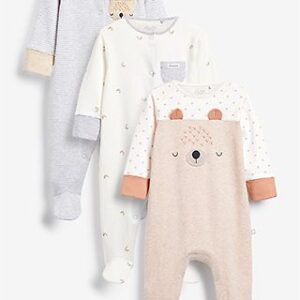
Onesies
Br50.00Add to WishlistAdd to cartAdd to Wishlist -
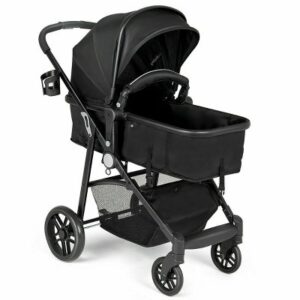
Stroller
Br32.00Add to WishlistAdd to cartAdd to Wishlist -
Sale!

Baby bottle
Br25.00 – Br30.00Add to WishlistSelect options This product has multiple variants. The options may be chosen on the product pageAdd to Wishlist


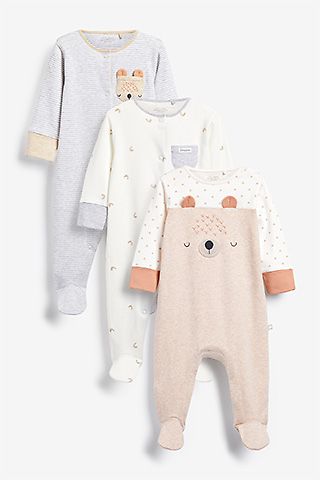
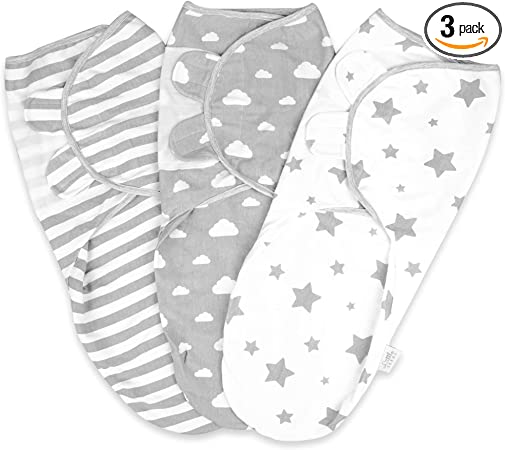
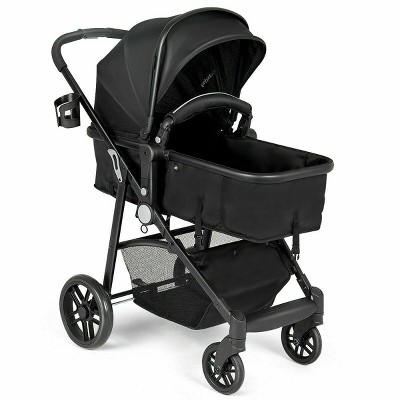


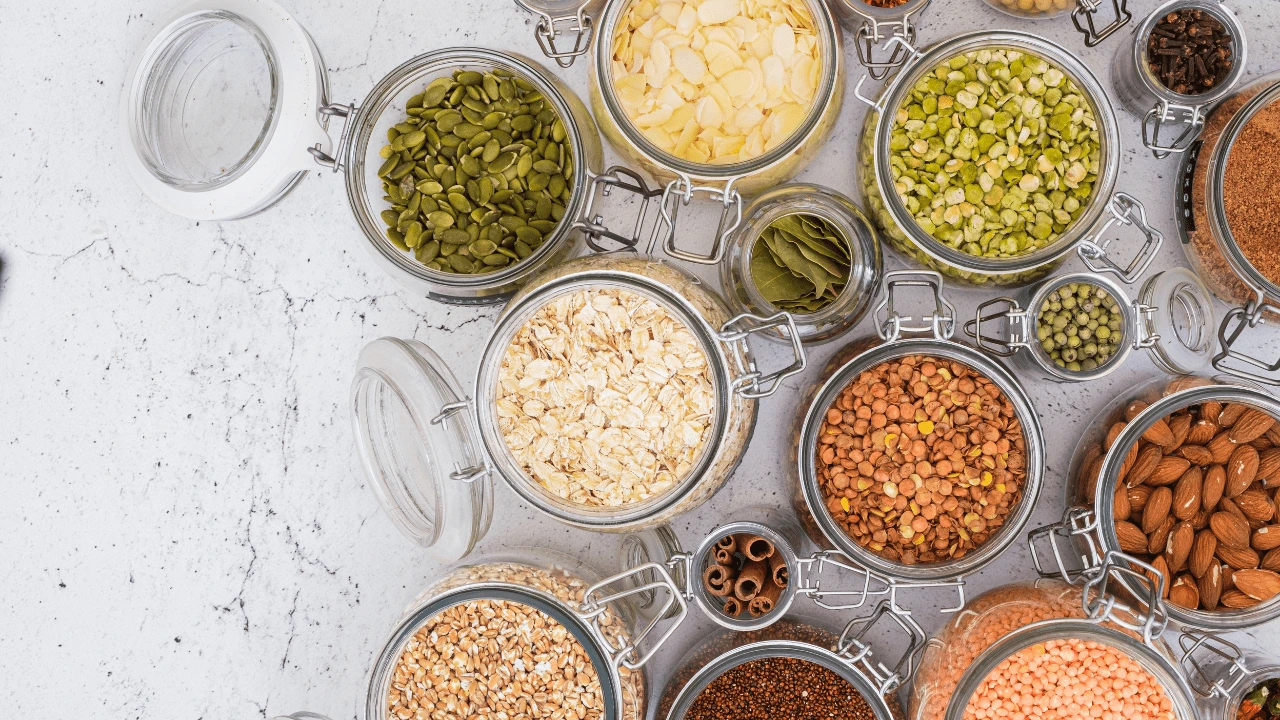
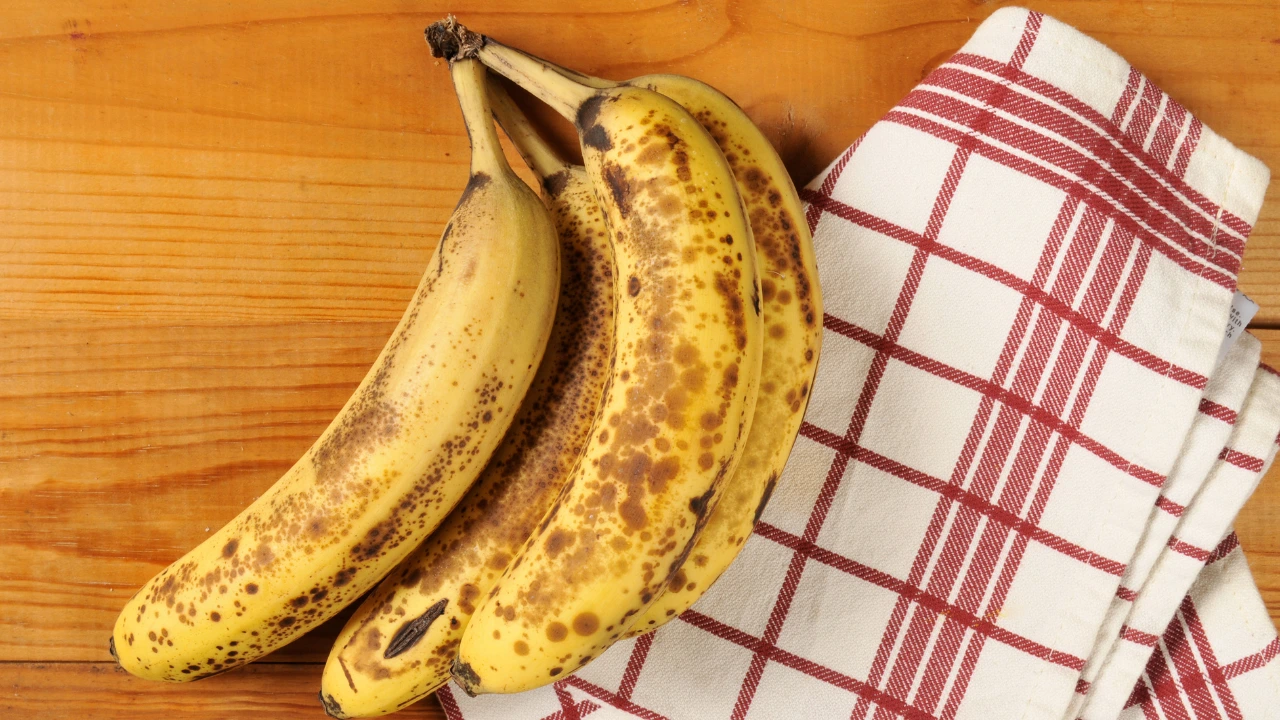
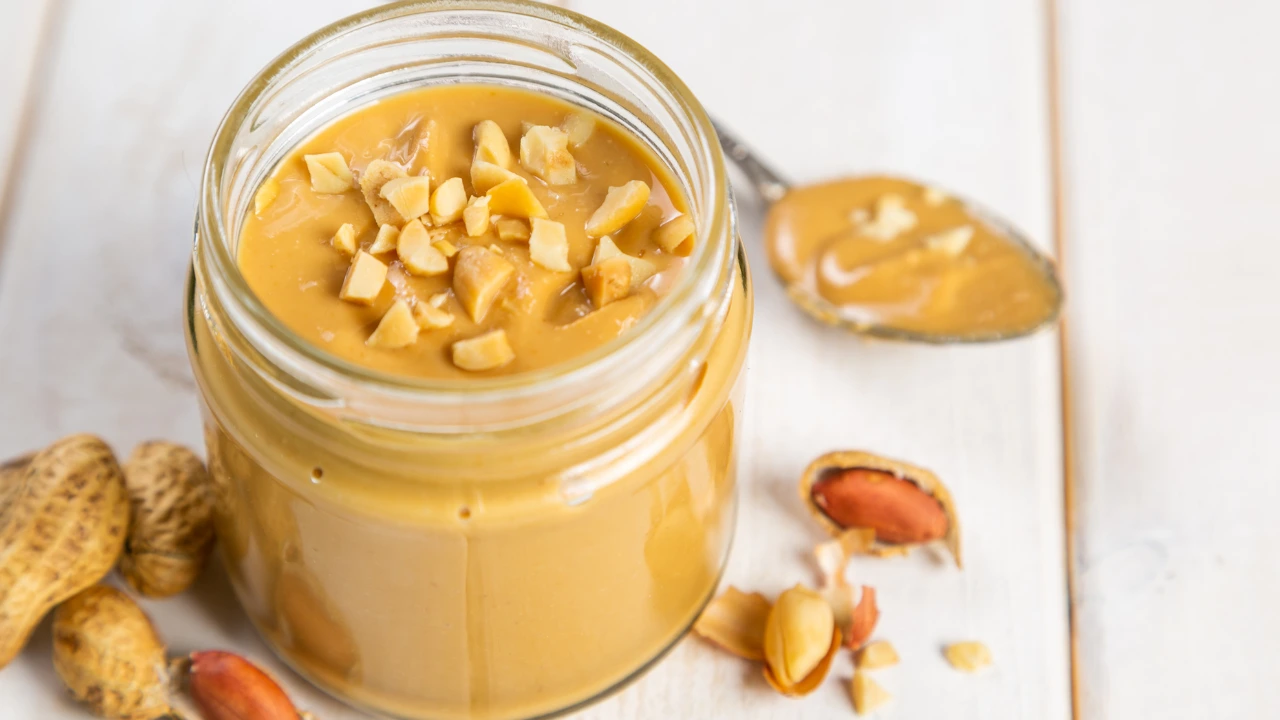
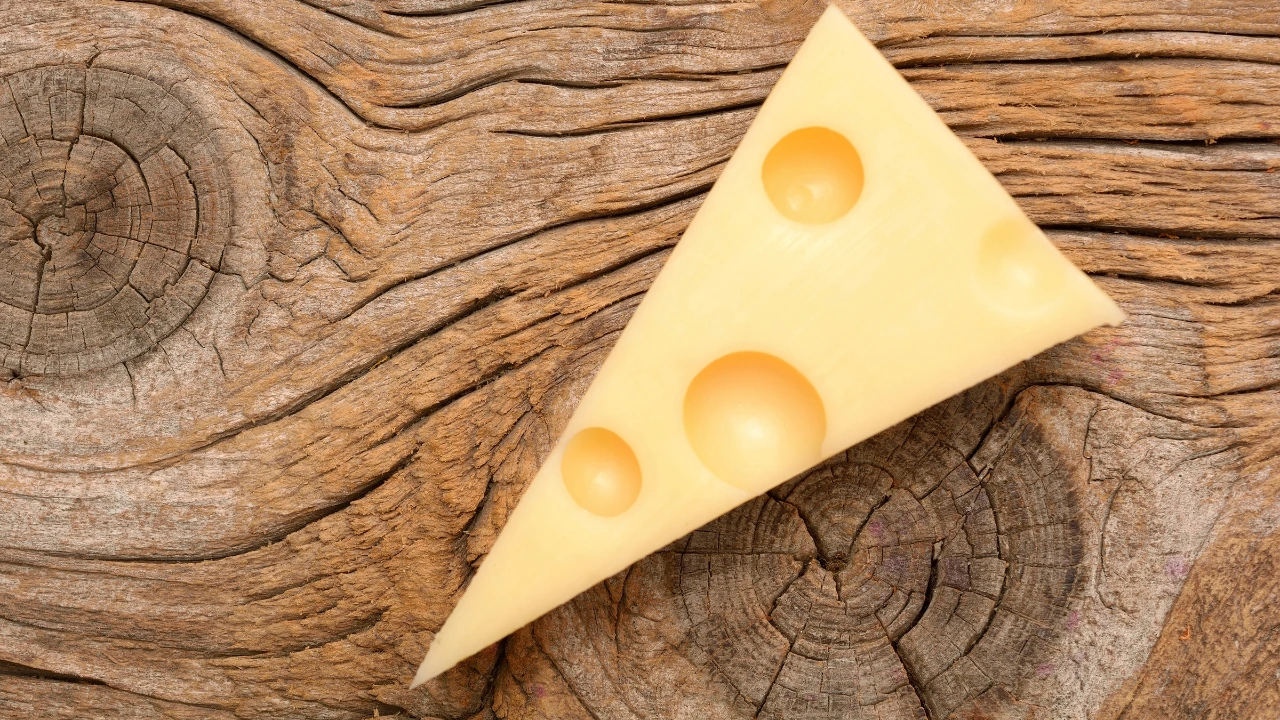
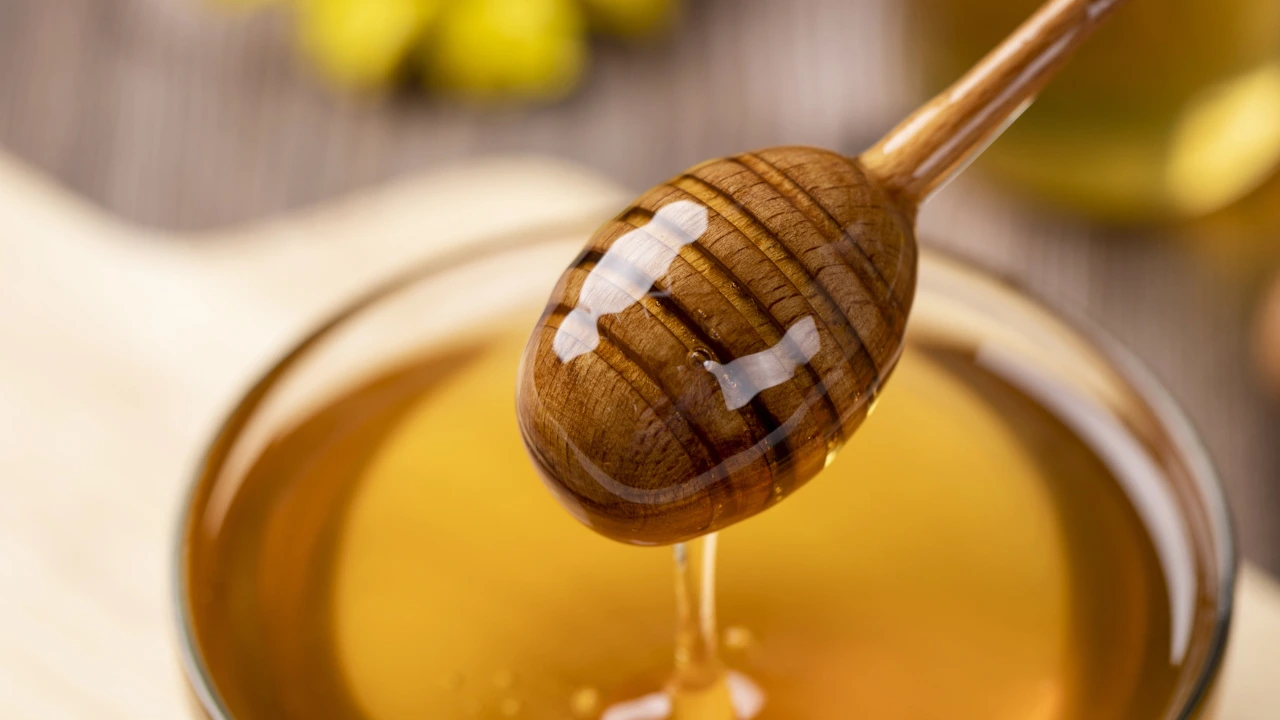
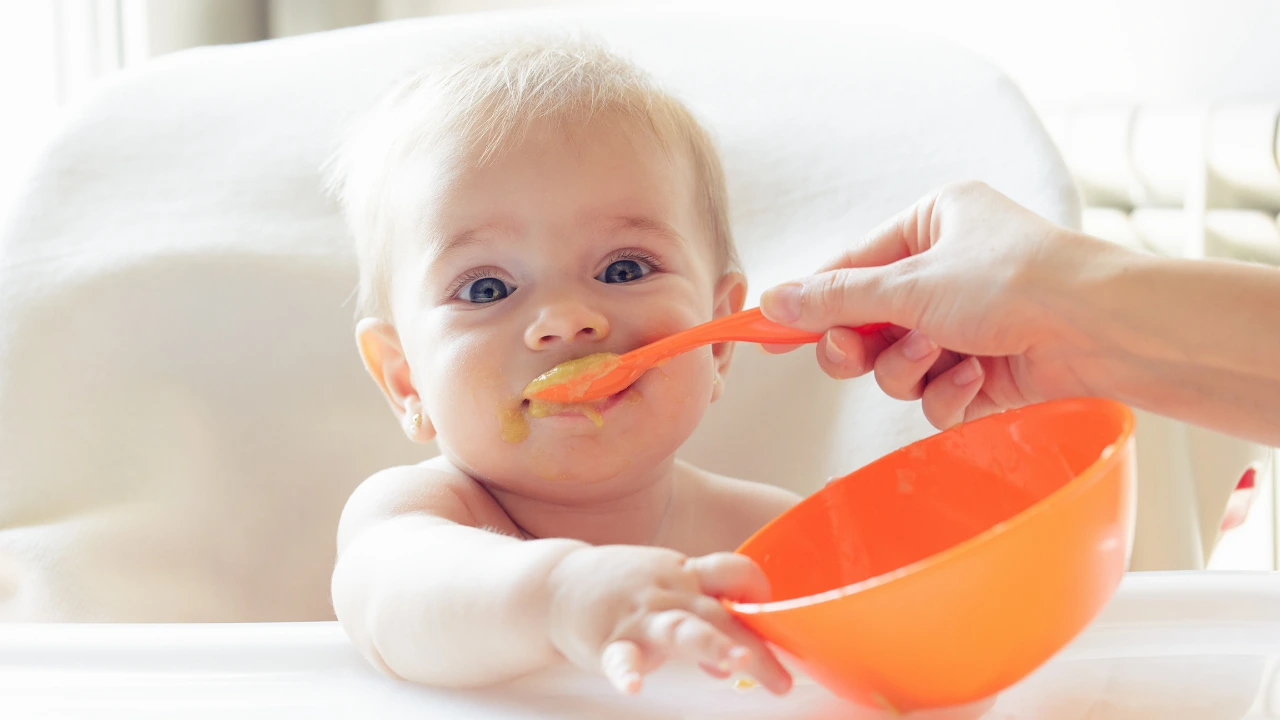
Add a Comment